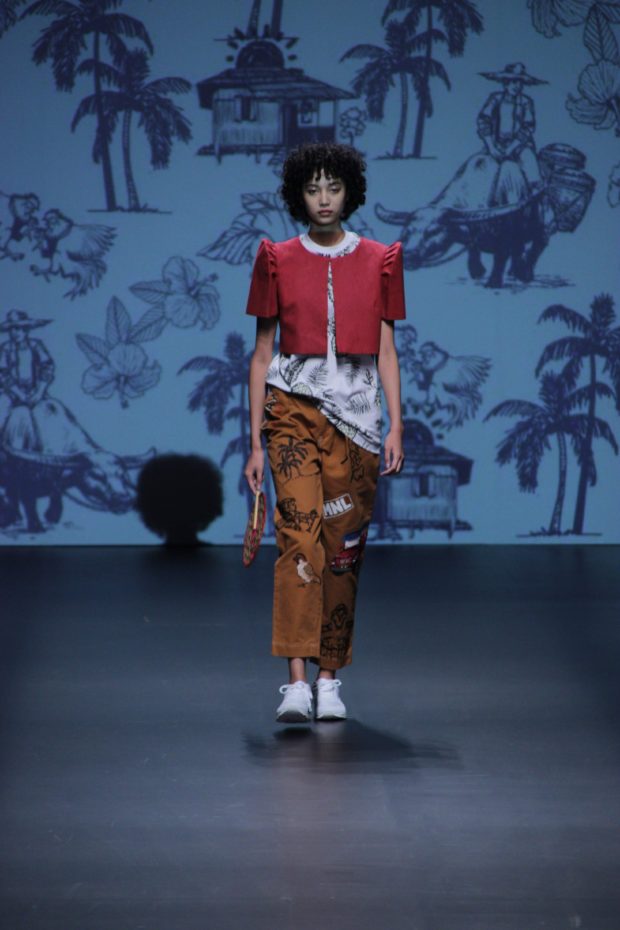Tokyo—Bench again showcased Filipino design at the recent Tokyo Fashion Week, with “terno” tops and vinta prints that showcased modernity in heritage wear. Barong shirts and jeans with baybayin details were also seen on the runway.
After the show, To be You had an exclusive chat with Bench creative director Noel Manapat.
What inspired you to use Filipino elements for Tokyo Fashion Week?
Bench is very proud of its Filipino roots and has taken the lead to promote Philippine fashion. Two of its platforms are the Bench Design Awards (whose winners join Bench in showing at Tokyo Fashion Week) and Ternocon, which promotes the Philippine terno. It was a natural progression that we chose to highlight our roots through elements like the Bench terno tops and graphic interpretations of barong details in shirts.
What can we learn from Tokyo fashion?
Someone told us that fashion has to be practical in Tokyo—that a good gauge is if you can take the metro subway while wearing it.
Likewise, Tokyo has the best of international fashion so its market is sophisticated in terms of awareness of original ideas and standards of execution.
The standard is high, thus, it’s a continuous think and rethink—create, innovate and elevate the process of presenting a collection for the market.
Was it hard to incorporate terno elements into modern aesthetics?
It was easy. For the Bench presentation, you see various ways on how to incorporate the terno into casual, youthful and everyday dressing.
Bench is producing it in versions of denim and twill. We combined T-shirts, jeans, skirts, dresses, yet maintaining its beauty and practicality for both special occasions and everyday dressing.
Where do you see Philippine fashion in five years?
I feel that the triple confluence of pride in our local culture, the professionalization of fashion education, and the access to information will give birth to a new breed of young Filipino designers who are strong in their vision, unique in their Filipino perspective, have the technical knowledge to make clothes, and can conquer the world with global appeal.
What’s your message to aspiring Filipino fashion designers?
Gilda Cordero-Fernando said that you have to be national to be international, which, to me, meant that you have to harness your own unique history, culture and experience to be able to contribute something new to the world.
I think it’s important for aspiring designers to be authentic in their vision. Just as important is to learn how to execute it, the technique in constructing the garments, so that these garments can communicate their message even without words and photos. A piece of clothing should be an experience by itself that needs no explaining.
Fashion has been a visual representation of individuals and a collective of people. Through time, fashion becomes outdated, but our roots make us hold on to our identity, so that we can create a style that lasts.—CONTRIBUTED
